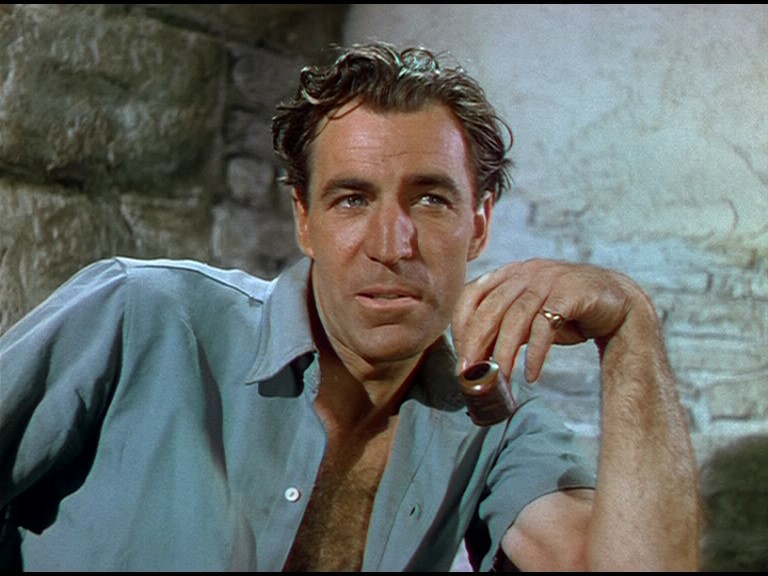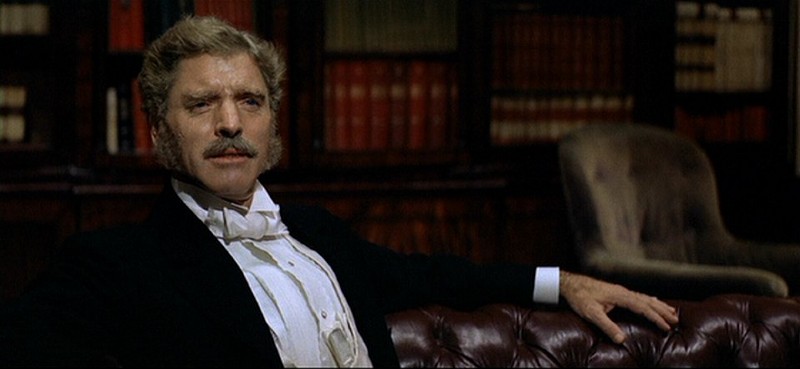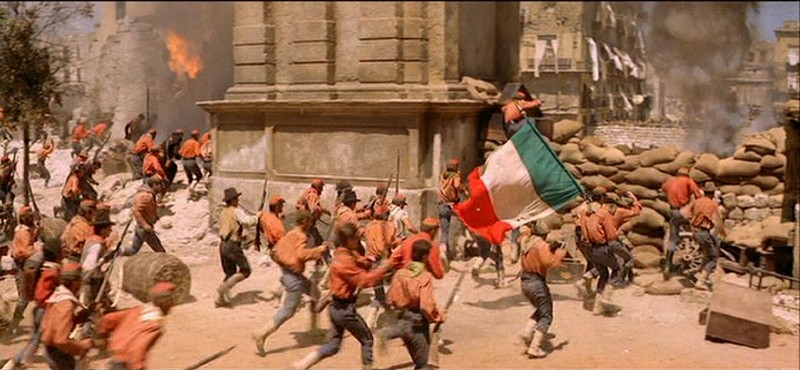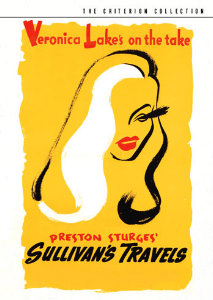1989: Say Anything
Say Anything (1989, Crowe) 8/10
 Mike: "I don't know you very well, but I wanted to ask you- how did you get Diane Court?"
Mike: "I don't know you very well, but I wanted to ask you- how did you get Diane Court?"Lloyd: "I called her up"
Mike: "But how come it worked? I mean, like, what are you?"
Lloyd: "I'm Lloyd Dobler"
Mike: "This is great. This gives me hope. Thanks"
Diane Court (Ione Skye) is the valedictorian of her Seattle high school. Beautiful, intelligent and anxious, she is the girl whom everybody knows of, but nobody really knows. She has led a sheltered life living with her single-parent father (John Mahoney) and working in his retirement home. Her years of sacrificing vacations and friendships has paid off as she had won an esteemed scholarship to an English university. Yet, she is estranged from her peers. Her high school yearbook is littered with well-wishes and names of people who watched her from afar, but have never been accepted within her limited social circle, which consists solely of her resiliant father: working double duty as her parent, her confidant and best friend.
 Lloyd Dobler (John Cusack) is her opposite: a sensitive soul who has worshipped Diane from a distance. He has few male friends and is adored by his female pals who see him as the perfect gentleman for any interested women: a man who is responsive, caring and warm-hearted. Yet, for Lloyd there is only Diane. She is his ideal woman: a rare combination of grace, elegance and intellect. Yet, she is unaware of his mere presence. After years of maintaining his guarded silence, Lloyd realizes this may be his last opportunity to tell Diane about his feelings. He goes out on a limb and succeeds were others believed he would fail.
Lloyd Dobler (John Cusack) is her opposite: a sensitive soul who has worshipped Diane from a distance. He has few male friends and is adored by his female pals who see him as the perfect gentleman for any interested women: a man who is responsive, caring and warm-hearted. Yet, for Lloyd there is only Diane. She is his ideal woman: a rare combination of grace, elegance and intellect. Yet, she is unaware of his mere presence. After years of maintaining his guarded silence, Lloyd realizes this may be his last opportunity to tell Diane about his feelings. He goes out on a limb and succeeds were others believed he would fail.Desperate to tell her his feelings and let her know him during her final weeks before she goes to England, Lloyd overextends his typical restrained boundaries: feeling it is better to have released his emotions, rather than have a lifetime of guilt and regret from not letting her know his true feelings. Unlike the proper and protected Diane, Lloyd lives in a world without direction. His only motives and ambitions in life before entering adulthood centers around Diane Court. To her father's dismay he is not an intellectual breadwinner, but a figure whose dreams of greatness will seemingly never amount to anything. Here Lloyd fits into the realm of classic cinematic dreamers such as Klaus Kinski's Brian Fitzgerald in Herzog's Fitzcarraldo and Tom Courtenay's character in Schlesinger's Billy Liar: tragic figures whose romanticized conceptions of their own abilities and the world around them is trod upon by others.
 His female friends try to ward him away from Diane over fear of Lloyd being permanently hurt; while later on his macho male acquaintances fail to realize there is only ever going to be one Diane Court in his life and the altruistic Lloyd will never be able to recapture the feeling she emits into his soul with every single breath. Cameron Crowe's directorial debut Say Anything is one of the rare "teen" films to capture the pains of maturation and the essence of true first love. Regardless of whether Diane and Lloyd's relationship succeeds there will be only one Diane Court in Lloyd's life. He may have loved other women before and since, but she will always be placed on an untouchable pedestal in his heart. Male or female, young or old, in everybody's life there is a Diane Court: a figure gazed upon from afar and rarely confronted. Whenever he hears or speaks her name or passes by unnoticed, he remains enchanted with her and everything she stands for in his heart. Lloyd's decision to break through the walls of fear and self-doubt is rarely examined with such serious poignancy and attention to detail in a Hollywood film.
His female friends try to ward him away from Diane over fear of Lloyd being permanently hurt; while later on his macho male acquaintances fail to realize there is only ever going to be one Diane Court in his life and the altruistic Lloyd will never be able to recapture the feeling she emits into his soul with every single breath. Cameron Crowe's directorial debut Say Anything is one of the rare "teen" films to capture the pains of maturation and the essence of true first love. Regardless of whether Diane and Lloyd's relationship succeeds there will be only one Diane Court in Lloyd's life. He may have loved other women before and since, but she will always be placed on an untouchable pedestal in his heart. Male or female, young or old, in everybody's life there is a Diane Court: a figure gazed upon from afar and rarely confronted. Whenever he hears or speaks her name or passes by unnoticed, he remains enchanted with her and everything she stands for in his heart. Lloyd's decision to break through the walls of fear and self-doubt is rarely examined with such serious poignancy and attention to detail in a Hollywood film.While both Diane and Lloyd come from displaced family units, their position toward family is starkly different: Diane cherishes her father and can talk about her deepest feelings with him; Lloyd's military parents are stationed in Germany and he lives with his single-parent sister and her child in a small apartment block. Diane's father tries to use her as a vehicle through which his own wishes and desires can be realized under the guise of paternal protection, while Lloyd's emotional outlet is in his quasi-maternal closely-knit female circle of friends who aspire to find their own Lloyd Dobler and guide his romantic life in a direction, which they would want their future boyfriends to undertake.
 Under the watchful gaze of both sets of guardians, the relationship between Diane and Lloyd struggles to find its own niche: due to the external pressures of Diane's academic world and her father's expectations as well as Lloyd's struggle to become comfortable in the fulfillment of his romantic dream.
Under the watchful gaze of both sets of guardians, the relationship between Diane and Lloyd struggles to find its own niche: due to the external pressures of Diane's academic world and her father's expectations as well as Lloyd's struggle to become comfortable in the fulfillment of his romantic dream.Given Crowe's own family background with a domineering parent, Say Anything resonates with an autobiographical lyricism rare for both a major Hollywood production and a debut film. Although Crowe's transcendence of the spirit of adolescense is perhaps better fulfilled in his later masterpiece Almost Famous, this early picture displays the fractured emotions and desires within adolescense with a craft rarely equalled in the past twenty years in Hollywood. If, the film has a downfall it is the over-emphasis in the dislocated sub-plot involving Diane's polished world falling apart amidst allegations of her father's tax evasion. While this element shows the falseness of her relationship with her father, it is given far too much time in the latter portion of the picture which could be utilized to explore the torn emotional state of Lloyd Dobler and his reactions.
While on the surface Say Anything is a classic Hollywood film about overcoming obstacles and realizing your wildest dreams; its combative interior themes of becoming comfortable with oneself and having others accept you for being yourself are perhaps the most endearing qualities to a wonderful debut film. Although everybody has a "Diane Court" in their life, Say Anything's emphasis on approaching fabled love with honesty, truth and an individual fierceness to preserve one's own personality as an outsider makes it often indelibly genuine, beautiful and ultimately for many heartbreaking.
* Say Anything is available from Fox Home Video
Copyright 2006 8 ½ Cinematheque.



















